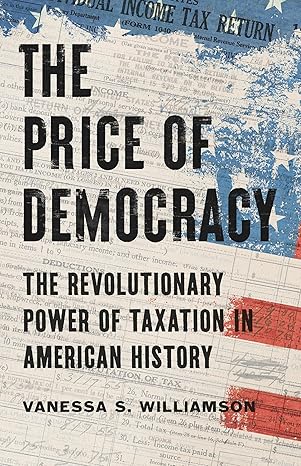Visit our 2018 Midterms page for Brookings experts’ research and analysis related to the upcoming midterm elections, and subscribe to the Brookings Creative Lab YouTube channel to stay up to date on our latest videos.
For the most part, there are two historical truths about the midterm elections: they consistently have a lower voter turnout than the general election and the president’s party loses congressional seats (especially if the president is unpopular). As we approach the 2018 midterm elections, Democrats are feeling confident that there will be a blue wave, but the 2016 presidential election demonstrated how unpredictable elections can be. Watch Elaine Kamarck explain that who turns out to vote will ultimately be the determining factor in the 2018 midterm elections.
What you need to know:
- Fewer people vote in midterm elections, around 40 percent of the population, than in presidential elections, around 50-60 percent. This difference accounts for a pretty stable finding in political history, which is that the president’s party almost always loses seats in midterm elections.
- The average number of seats lost, going back many decades, is 30 seats, and even more if the president is unpopular.
- President Trump’s chronic unpopularity—he has never hit 50 percent in approval ratings—means that Republicans may lose more than the average number of seats, which is why Democrats feel good about this election and Republicans are nervous.
- It’s very hard to predict elections. The 2016 election taught us that it’s not the macro picture but it’s the micro picture that counts. Hillary Clinton won the popular vote but lost due to the results state-by-state and district-by-district, and lost in the Electoral College.
- Democrats are in danger of being overconfident because so many congressional districts have been drawn to favor one party in a practice known as gerrymandering.
- Since many congressional districts heavily lean Republican, while a smaller number are heavily concentrated with Democrats, there could be elections in which the popular vote is with Democrats, but the House stays with Republicans.
- One reason Democrats might have more trouble than people are thinking is because 2016 showed an unprecedented rural vote in areas not seen before and President Trump is very good at mobilizing that population. That could hurt some Democratic chances in districts where Democrats are looking good.
- Election predictions always rise and fall on one factor: who turns out to vote. Pollsters and pundits can guess and try to figure it out, but in the end, like in 2016, who actually turns out to vote can upend a lot of predictions.
*Emma Russell contributed to this post
The Brookings Institution is committed to quality, independence, and impact.
We are supported by a diverse array of funders. In line with our values and policies, each Brookings publication represents the sole views of its author(s).





Commentary
What to expect from the 2018 midterm elections
September 24, 2018